39 prokaryotic cell to label
› bitesize › guidesPlant cells - Cell structure - AQA - GCSE Combined Science ... Function; Cytoplasm: A jelly-like material that contains dissolved nutrients and salts and structures called organelles. It is where many of the chemical reactions happen. Genetics of Bacteria - BrainMass 1. See the attached file for a diagram of DNA that can serve as template for replication. Label the origin. Using a circle to represent the polymerase, diagram the leading and lagging strands, indicating the direction of synthesis. Be sure to completely label the new DNA. 2. You have 2 tubes containing cultures of genetical
3 Cell Lab Function Structure Answers And Search: Lab 3 Cell Structure And Function Answers. cell wall 2 Compare and contrast the general structures of prokaryotic and eukaryotic cells compare the organelles shown in these micrographs with organelles of the animal cell model and They are responsible for various important and vital functions It's a platform to ask questions and connect with people who contribute unique insights and ...
Prokaryotic cell to label
Is Shorter Duration of Antibiotics Better in Pediatric Community ... The total number of resistance genes per prokaryotic cell (RGPC) was significantly lower in children treated with antibiotics for 5 days compared with children who were treated for 10 days. Specifically, the median number of total RGPC was 1.17 (range, 0.35-2.43) for the short-course strategy and 1.33 (range, .46-11.08) for the standard-course ... Plasma Membrane (Cell Membrane) - Genome.gov The plasma membrane, also called the cell membrane, is the membrane found in all cells that separates the interior of the cell from the outside environment. In bacterial and plant cells, a cell wall is attached to the plasma membrane on its outside surface. The plasma membrane consists of a lipid bilayer that is semipermeable. To Die or Not to Die—Regulated Cell Death and Survival in ... Regulated cell death (RCD) is central to the development, integrity, and functionality of multicellular organisms. In the last decade, evidence has accumulated that RCD is a universal phenomenon in all life domains. Cyanobacteria are of specific interest due to their importance in aquatic and terrestrial habitats and their role as primary producers in global nutrient cycling. Current knowledge ...
Prokaryotic cell to label. When the ribosomal subunits separate? The three tRNA sites are labeled P, A, and E. The P site, called the peptidyl site, binds to the tRNA holding the growing polypeptide chain of amino acids. ... complexes with the large 50S subunit to form the 70S prokaryotic ribosome in prokaryotic cells. This 70S ribosome is then used to translate mRNA into proteins. › cells › 3dcellInteractive Cell Models - CELLS alive Here are some KEY TERMS to help you think, explore and search for similarities and significant differences that have become the characteristics of eukaryote (animal, plant) and prokaryotic (bacteria) cells. Examples might be searching: eukaryote prokaryote reproduction or animal plant cell energy. Plasmid - Genome.gov A plasmid is a small circular DNA molecule found in bacteria and some other microscopic organisms. Plasmids are physically separate from chromosomal DNA and replicate independently. They typically have a small number of genes — notably, some associated with antibiotic resistance — and can be passed from one cell to another. Id Roblox Tidal Waves Search: Tidal Waves Roblox Id. This version is refined, is much comfi… Tidal Waves Roblox Id High-end ceramic barrels release negatively charged ion particles to seal hair cuticles, infuse moisture, eliminate frizz and create shine Why A 'Massive Wave Of Bankruptcies' Could Be Just Around The Corner 0 solo Extreme Demon created and hacked by Cyclic in 1 Listen to "Older" out now and sign up ...
Gram Stain Technique - Amrita Vishwa Vidyapeetham Cell death is mailnly due to lysis induced by lysozymal activities, cationic peptides from leucocytes, or beta-lactam antibiotics. Gram Negative Cell Wall: Gram-negative bacteria have a thinner layer of peptidoglycan (10% of the cell wall) and lose the crystal violet-iodine complex during decolorization with the alcohol rinse, but retain the ... Restriction Digestion (Self Evaluation) - Amrita Vishwa Vidyapeetham Exposure of eukaryotic DNA to a prokaryotic plasmid. Infection of a cell with a bacteriophage. 6) If a linear piece of DNA has two sites for BamHI restriction enzyme, into how many fragments will that restriction enzyme cut the DNA? 3. 4. 2. 1. 7) Star activity of the Restriction Enzyme is due to : DP Biology: Cells: Activities for Learning - Subscription websites for ... Cells: Activities for Learning. Table of contents. These learning activities cover all of the understandings and skills in the IB guide for this topic. Lesson plans include resources to use on an interactive whiteboard and worksheets to print. There is a mix of laboratory work, theory lessons, and assessment materials with model answers. 7th Grade Cells There are several different types of white cells which work together to seek out and destroy bacteria and viruses This summarizes levels of organization, cell needs, unicellular vs multicellular organisms, prokaryotic vs eukaryotic cells, plant vs Do NOT forget to label your cell as either PLANT or ANIMAL and LIST the definition of the cell The ...
Cyanobacteria - Wikipedia Cyanobacteria are globally widespread photosynthetic prokaryotes and are major contributors to global biogeochemical cycles. They are the only oxygenic photosynthetic prokaryotes, and prosper in diverse and extreme habitats. They are among the oldest organisms on Earth with fossil records dating back 3.5 billion years. Since then, cyanobacteria have been essential players in the Earth's ... Sex-cell Fusion Mechanism Arose a Billion Years Before Sex, Israeli ... Perhaps a billion years after prokaryotes emerged, complex cells called eukaryotes, featuring organelles (the cellular equivalent of internal organs), arose. Today, scientists agree that life consists of three domains: archaea, bacteria (prokaryotes) and eukaryotes (you, pea plants, chickens, everything that isn't prokaryote). IJMS | Free Full-Text | Prokaryotic Na+/H+ Exchangers—Transport ... Na+/H+ exchangers are essential for Na+ and pH homeostasis in all organisms. Human Na+/H+ exchangers are of high medical interest, and insights into their structure and function are aided by the investigation of prokaryotic homologues. Most prokaryotic Na+/H+ exchangers belong to either the Cation/Proton Antiporter (CPA) superfamily, the Ion Transport (IT) superfamily, or the Na+-translocating ... Eukaryote Vs Prokaryote Worksheet the region in prokaryotic cell where double stranded single circular dna is present is called as initiation of eukaryotic dna replication is similar to e prokaryotic and eukaryotic cells guided inquiry learning target differentiate between prokaryotic and eukaryotic cells contact us bacteria are among the best-known prokaryotic organisms bacteria …
en.wikipedia.org › wiki › Cell_biologyCell biology - Wikipedia Cell biology (also cellular biology or cytology) is a branch of biology that studies the structure, function, and behavior of cells. All living organisms are made of cells. A cell is the basic unit of life that is responsible for the living and functioning of organisms. Cell biology is the study of structural and functional units of cells.
Similarities and Differences Between Prokaryotic and Eukaryotic Cells The prokaryotic cell wall is thick and rigid and protects the interior of the cell from the outside environment. For example, most bacteria have a peptidoglycan-like cell wall, whereas archaeal cells have a cell membrane called the plasma membrane. In addition, Archaea and bacteria have cell walls composed of proteins and pseudopeptidoglycan.
Skema Pohon Evolusi Sel Prokariotik Skema Pohon Evolusi Sel Prokariotik - 10 images - biologi gonzaga ulangan harian biologi reproduksi sel, struktur sel prokariotik dan eukariotik muhammad alfa ridzi blog s, soal dan pembahasan plantae,
Cell Labeling Quiz - mew.sicurezzalavoro.lombardia.it Search: Cell Labeling Quiz. This is the biotechnology questions and answers section on "Plant Cell Culture" with explanation for various interview, competitive examination and entrance test The following questions are designed to help students better understand this topic At the end of each activity, you can assess your progress through a Self-Quiz Choose the best answer from the four options ...
› animal-cells-vs-plant-cells-373375Differences Between Plant and Animal Cells - ThoughtCo May 04, 2019 · Animal cells increase in size by increasing in cell numbers. Plant cells mainly increase cell size by becoming larger. They grow by absorbing more water into the central vacuole. Cell Wall . Animal cells do not have a cell wall but have a cell membrane. Plant cells have a cell wall composed of cellulose as well as a cell membrane. Centrioles
Analysis of the anaerobic digestion metagenome under environmental ... The viral community has the potential to influence the structure of the microbiome and thus the yield of the anaerobic digestion process. However, the virome composition in anaerobic digestion is still under-investigated. A viral induction experiment was conducted on separate batches undergoing a series of DNA-damaging stresses, in order to coerce temperate viruses to enter the lytic cycle.
Cell Structure (Learn) : Biology : Class 9 : Amrita Vidyalayam ... Let us take a glass slide, put a drop of water on it and transfer a small piece of the peel from the watch glass to the slide. Make sure that the peel is perfectly flat on the slide. A thin camel hair paintbrush might be necessary to help transfer the peel. Now we put a drop of safranin solution on this piece followed by a cover slip.
Quiz Cell Labeling - pki.sicurezzalavoro.lombardia.it label the animal cell printout displaying top 8 worksheets found for - cell organelles labeling this is a basic illustration of a plant cell with major parts labeled note: a white cloudy solution should be seen mast cells can only be definitively recognized with special stains such as azure ii and toluoidine blue that identify the heparin storage …
Labeled Cell Elodea label the following structures in one cell: nucleus, cell wall, central vacuole, cytoplasm label in the space below an oblong cell and a spike cell as seen under high power label the sketches to note the cell structures that you can identify what cannot be easily seen is the cell membrane - pushed against the cell wall - although it is peeling …
Structural features of Dnase1L3 responsible for serum antigen clearance ... The cells were supplemented with fresh D10 media after 24 h. Cells were harvested, washed in FACS buffer (2% fetal calf serum, 0.05% NaN 3 in 1x PBS), and analyzed on an Attune NxT flow cytometer ...
en.wikipedia.org › wiki › Cell_(biology)Cell (biology) - Wikipedia Cell Movements and the Shaping of the Vertebrate Body Archived 2020-01-22 at the Wayback Machine in Chapter 21 of Molecular Biology of the Cell Archived 2017-09-27 at the Wayback Machine fourth edition, edited by Bruce Alberts (2002) published by Garland Science. The Alberts text discusses how the "cellular building blocks" move to shape developing embryos. It is also common to describe small ...
› books › NBK9940DNA Replication - The Cell - NCBI Bookshelf DNA Polymerases. DNA polymerase was first identified in lysates of E.coli by Arthur Kornberg in 1956. The ability of this enzyme to accurately copy a DNA template provided a biochemical basis for the mode of DNA replication that was initially proposed by Watson and Crick, so its isolation represented a landmark discovery in molecular biology.
Cell Labster Structures Quizlet Bacterial a bacterial cell labeling quiz is designed to assess your basic knowledge in 'bacterial cell' cells that synthesize and release a lot of proteins would need a large amount of er arrangements of flagella on the bacterial cell help characterise the species and so are often useful in identifying an organism arrangements of flagella on the bacterial …
Halogenation of tyrosine perturbs large-scale protein self-organization ... Here, we report a genetically encodable halogenation of tyrosine residues in a reconstituted prokaryotic filamentous cell-division protein (FtsZ) as a platform to elucidate the implications of ...
Eukaryote - Wikipedia A primary cell wall containing cellulose, hemicellulose and pectin, deposited by the protoplast on the outside of the cell membrane; this contrasts with the cell walls of fungi, which contain chitin, and the cell envelopes of prokaryotes, in which peptidoglycans are the main structural molecules
Labeling Quiz Cell Search: Cell Labeling Quiz. Directions: Write the name of each thing or what it does Events during Mitosis Sequential Easy First Hard First The simplest organisms like bacteria and amoeba have bodies that are a single cell Incubate the cells in the BrdU labeling solution for 1-24 hours at 37ºC in a CO 2 incubator Incubate the cells in the BrdU labeling solution for 1-24 hours at 37ºC in ...
› watchDNA Structure - YouTube Learn about the structure of DNA and how to recognize all the parts in this video!
To Die or Not to Die—Regulated Cell Death and Survival in ... Regulated cell death (RCD) is central to the development, integrity, and functionality of multicellular organisms. In the last decade, evidence has accumulated that RCD is a universal phenomenon in all life domains. Cyanobacteria are of specific interest due to their importance in aquatic and terrestrial habitats and their role as primary producers in global nutrient cycling. Current knowledge ...
Plasma Membrane (Cell Membrane) - Genome.gov The plasma membrane, also called the cell membrane, is the membrane found in all cells that separates the interior of the cell from the outside environment. In bacterial and plant cells, a cell wall is attached to the plasma membrane on its outside surface. The plasma membrane consists of a lipid bilayer that is semipermeable.
Is Shorter Duration of Antibiotics Better in Pediatric Community ... The total number of resistance genes per prokaryotic cell (RGPC) was significantly lower in children treated with antibiotics for 5 days compared with children who were treated for 10 days. Specifically, the median number of total RGPC was 1.17 (range, 0.35-2.43) for the short-course strategy and 1.33 (range, .46-11.08) for the standard-course ...
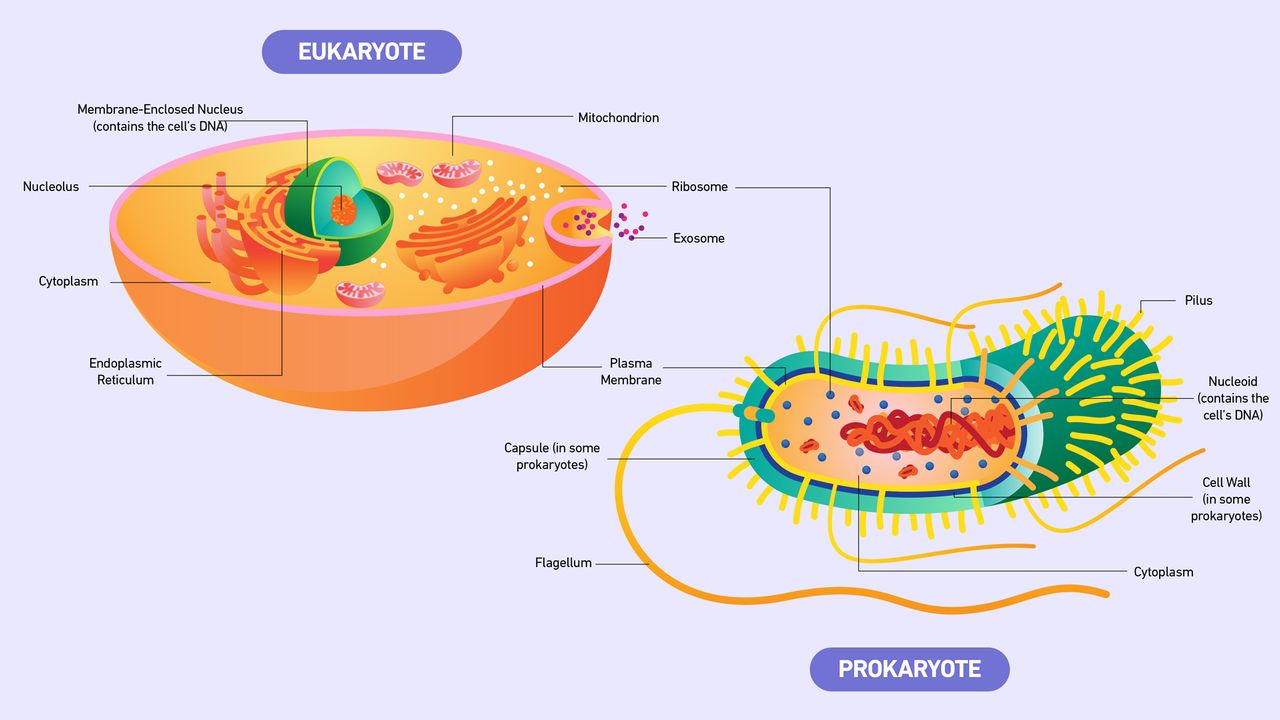
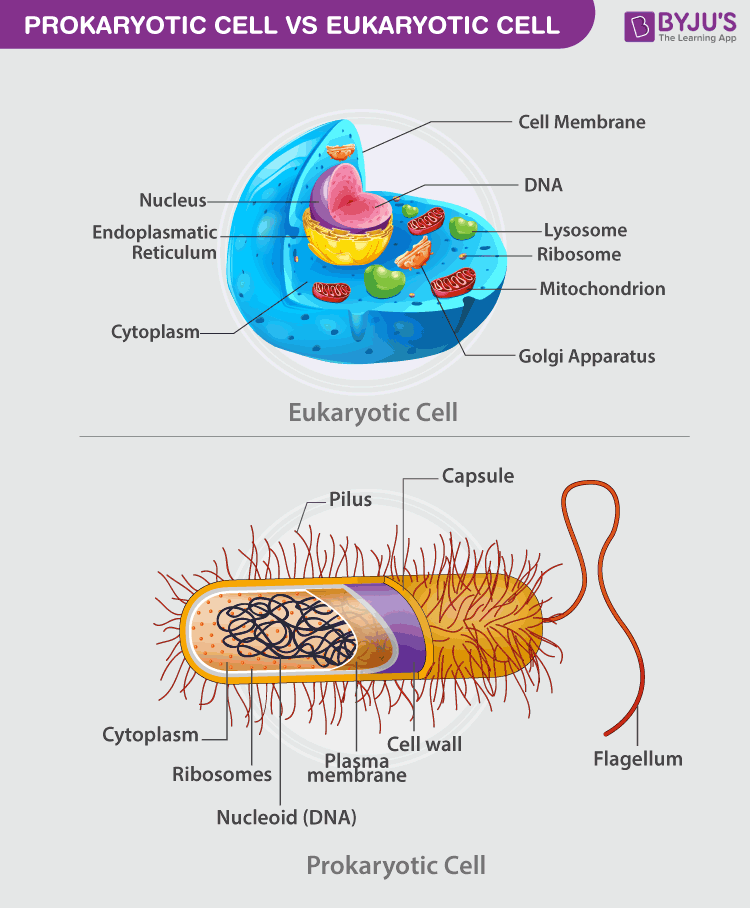

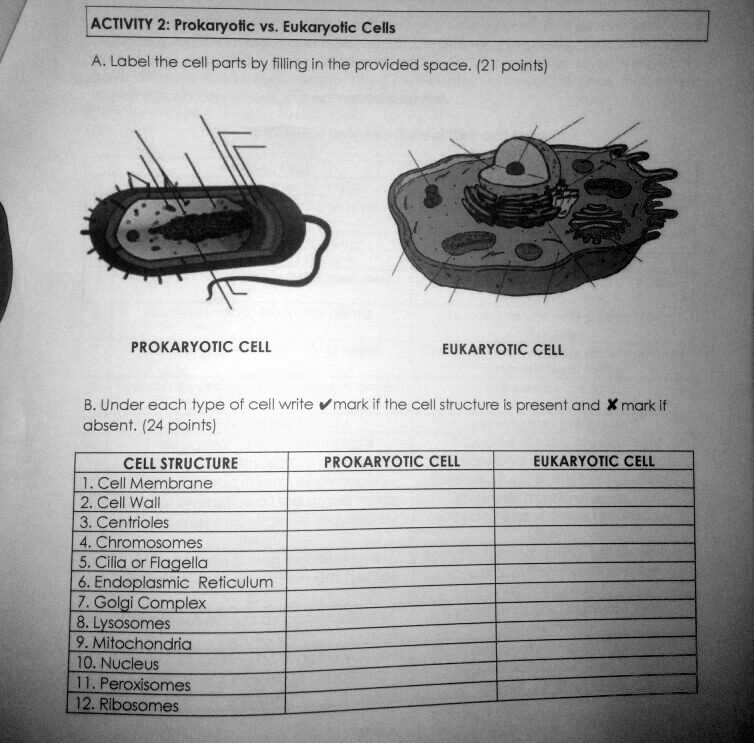


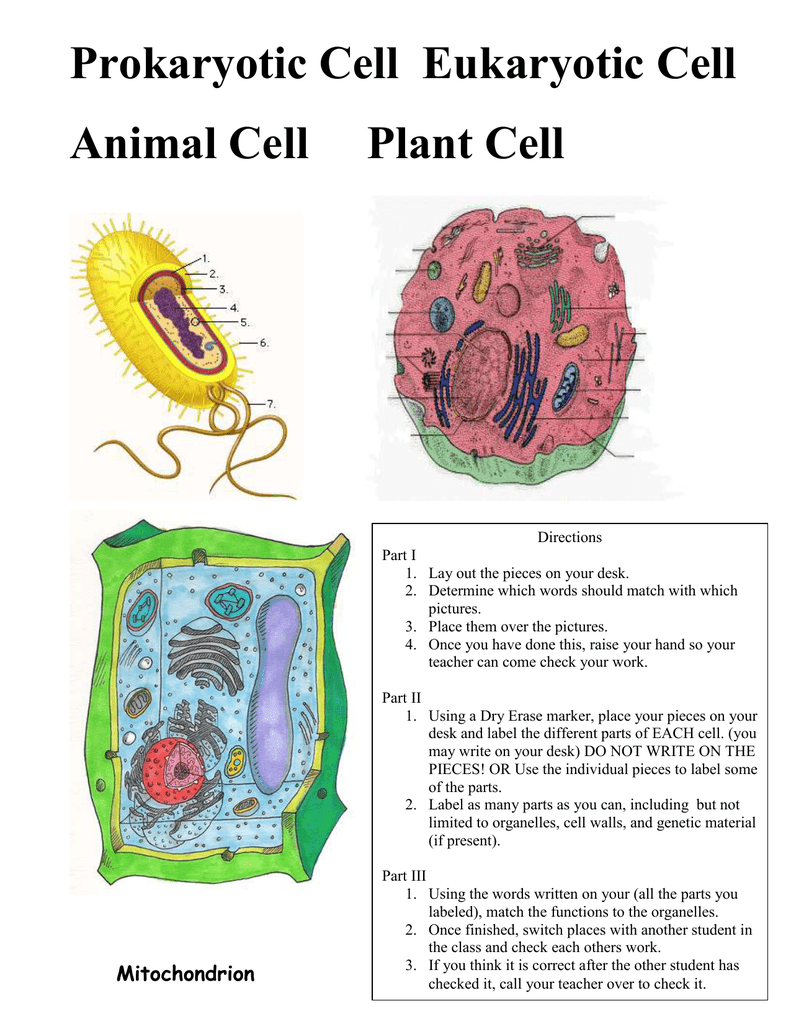


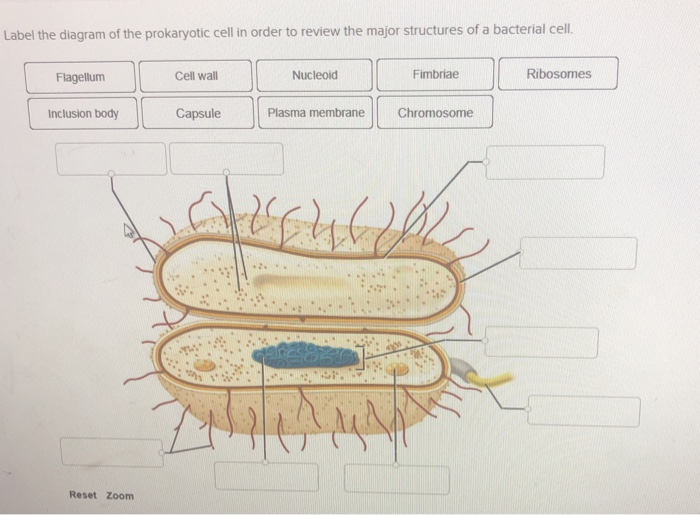

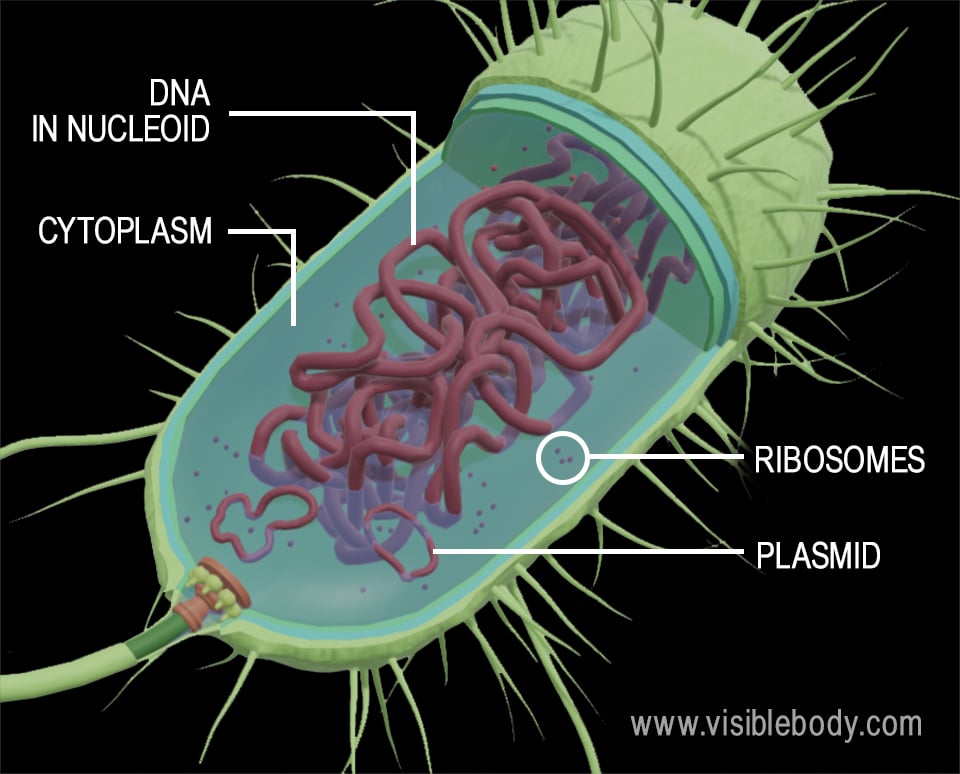
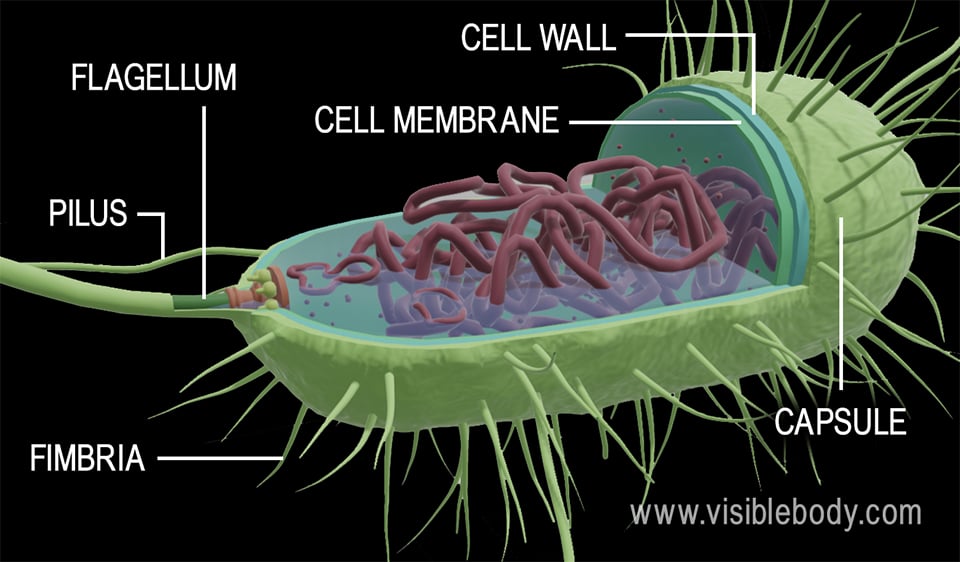
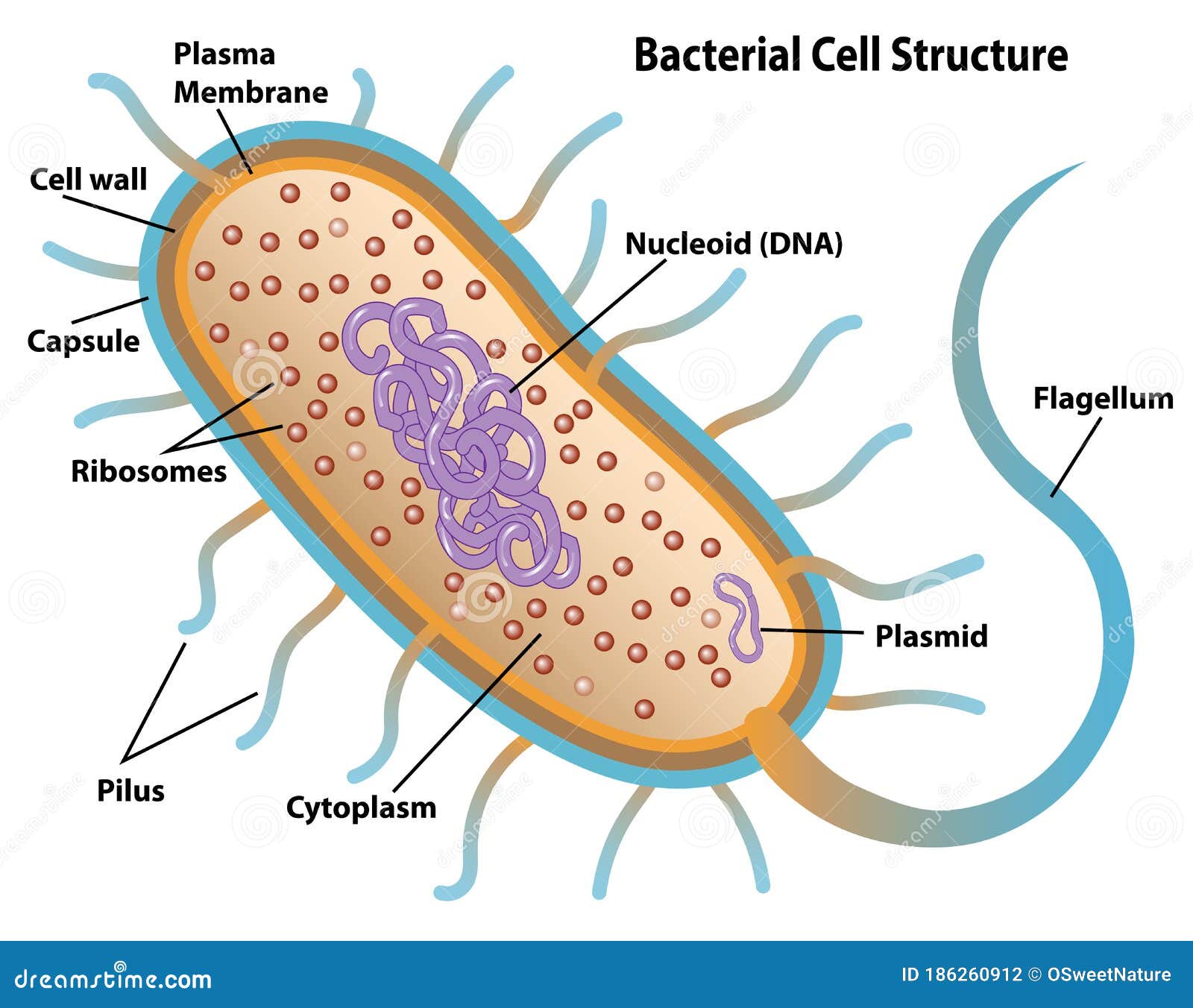



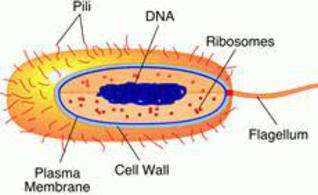
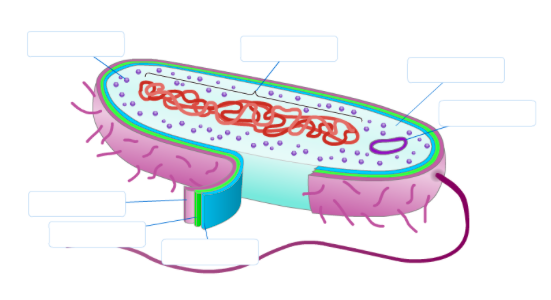


/shigella-bacteria--illustration-758308491-5a02252f9e9427003c1759be.jpg)
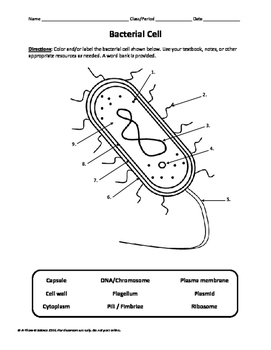
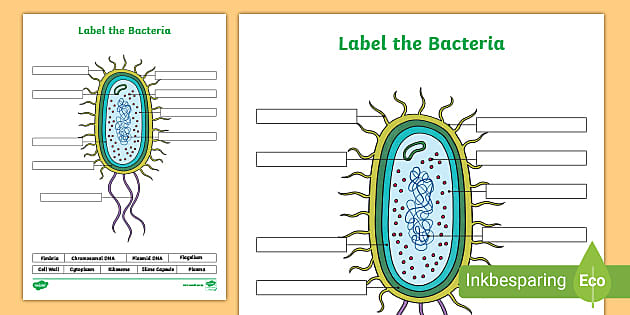
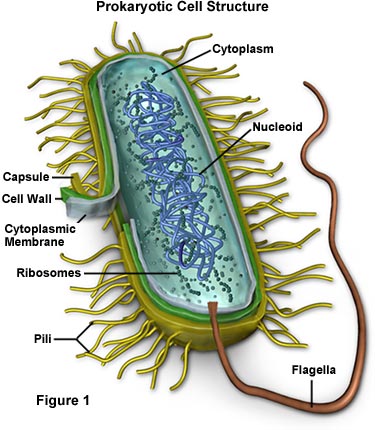


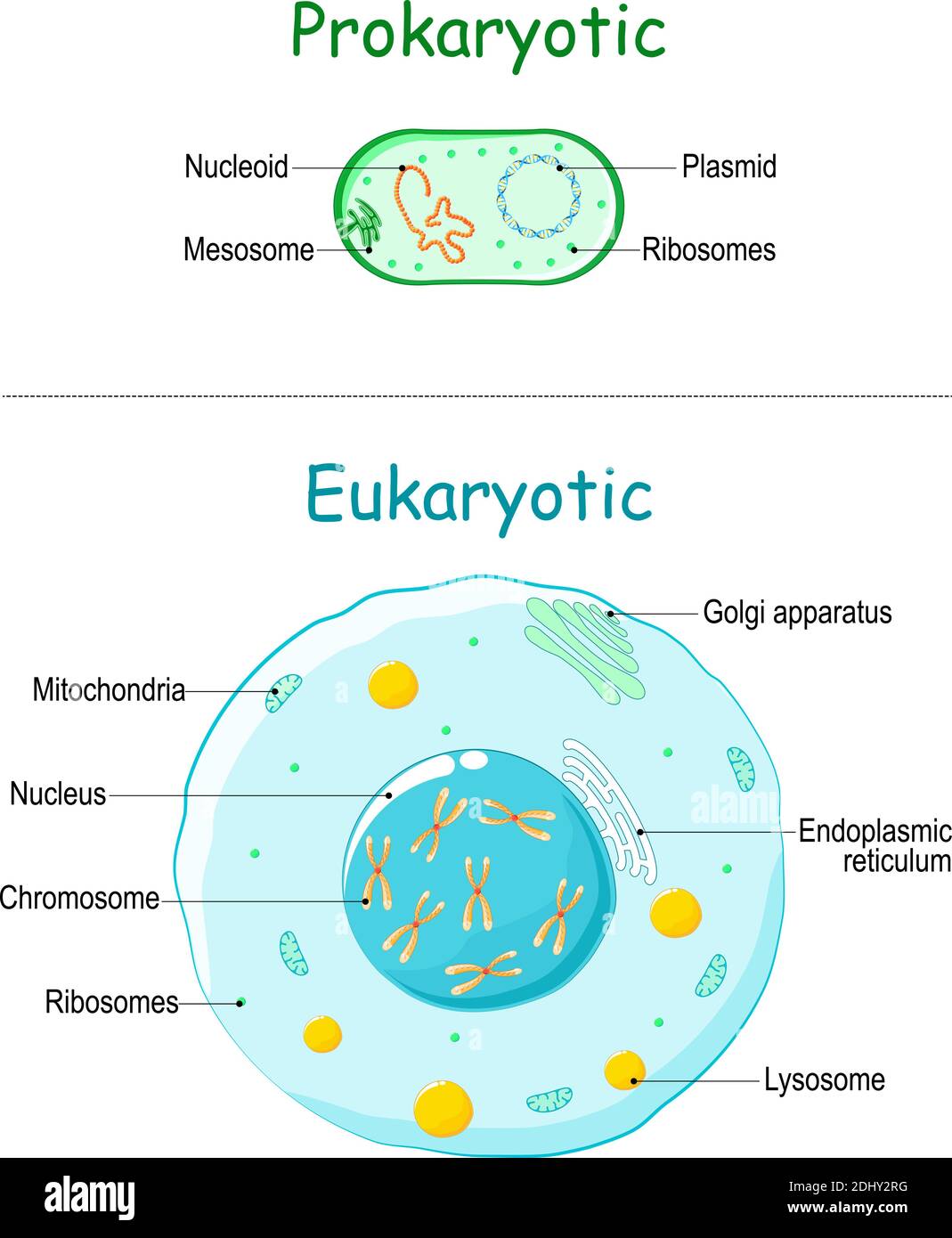




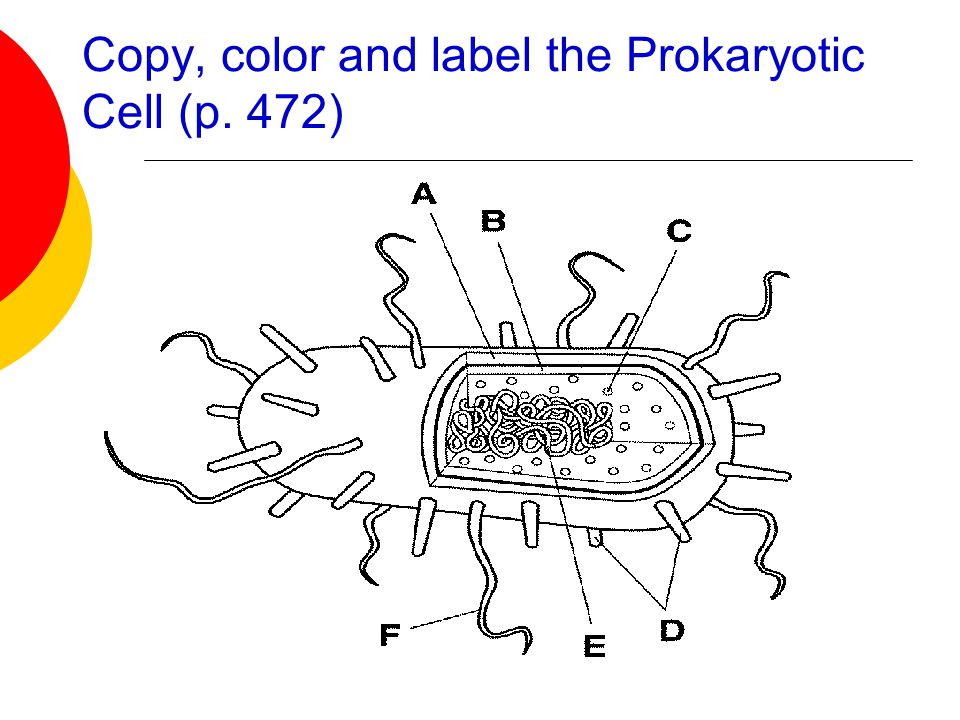

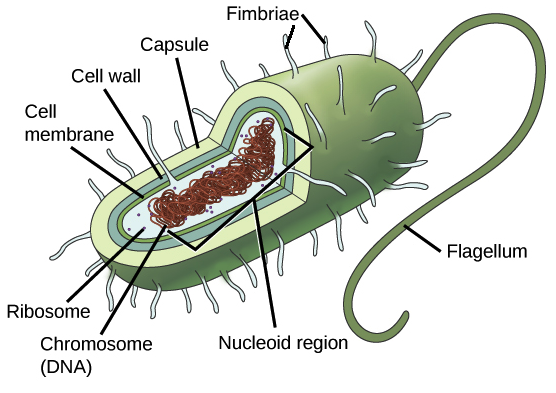
Post a Comment for "39 prokaryotic cell to label"